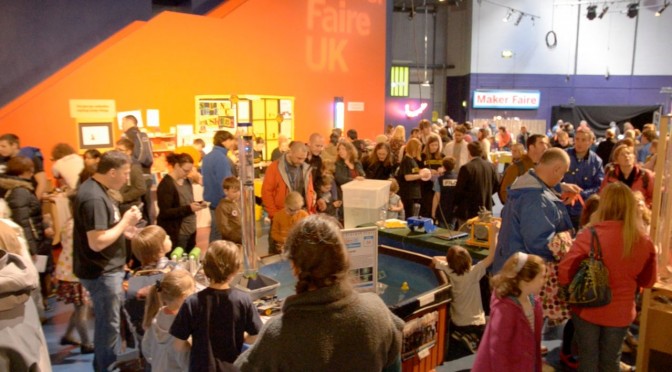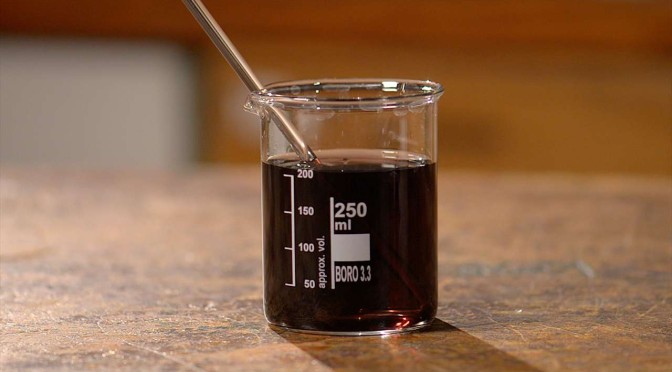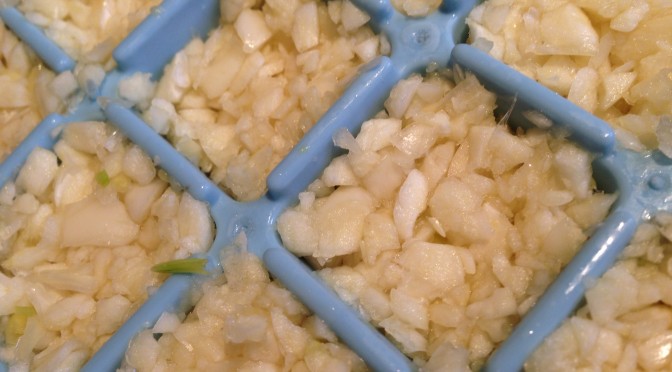(To frustrated readers wondering why on earth I’m blogging about this on sciencedemo.org, bear with me. There is a point. I hope.)
Read about the theory of stories and you’ll soon stumble across one model, called the Hero’s Journey. Joseph Campbell famously depicted his “monomyth” story-structure as:
“A hero ventures forth from the world of common day into a region of supernatural wonder: fabulous forces are there encountered and a decisive victory is won: the hero comes back from this mysterious adventure with the power to bestow boons on his fellow man.”
The essential idea is that many narratives share this common structure in their major character types and plots. Story enthusiasts love playing Hero’s Journey I-spy. Points are awarded for the most surprising movies and stories in which you can spot the pattern. Even if some of them do require you to balance precariously on your right leg and squint with your left eye.
Read a bit more and you’ll encounter the controversy that this model has produced. Does any such structure depend on a naive “chimera of universality“? Can astrologers learn from the masterful ambiguity of Campbell’s prose? Is this narrative model a useful pattern or a creativity-killing formula?
For me, the key question is always the practical imperative – how can we, as educators, use models and discussions from related fields to stimulate how we think about engaging and communicating? Like finicky magpies we need to scavenge widely, but selectively take only the practical ideas and insights that resonate with us.
To that end, the above video (by Glove and Boots) uses puppets and movies to introduce the basic structure of the Hero’s Journey model.
- How can the model inform the way we use narrative in our communication?
- How can we learn from the engagement techniques used in the video?
- How can the wider debate around the validity of this model, help us to frame the many learning models we encounter in our work?





